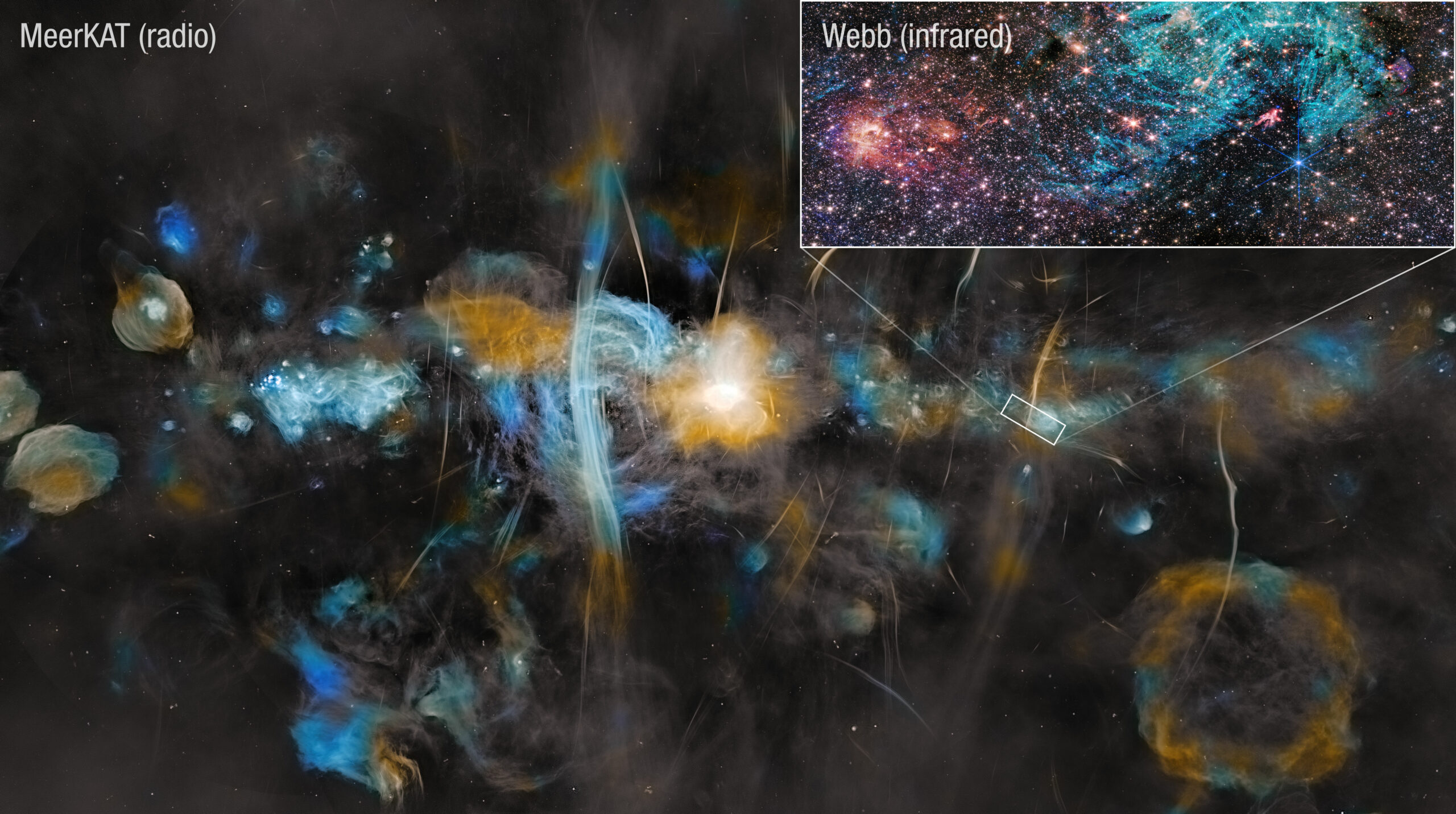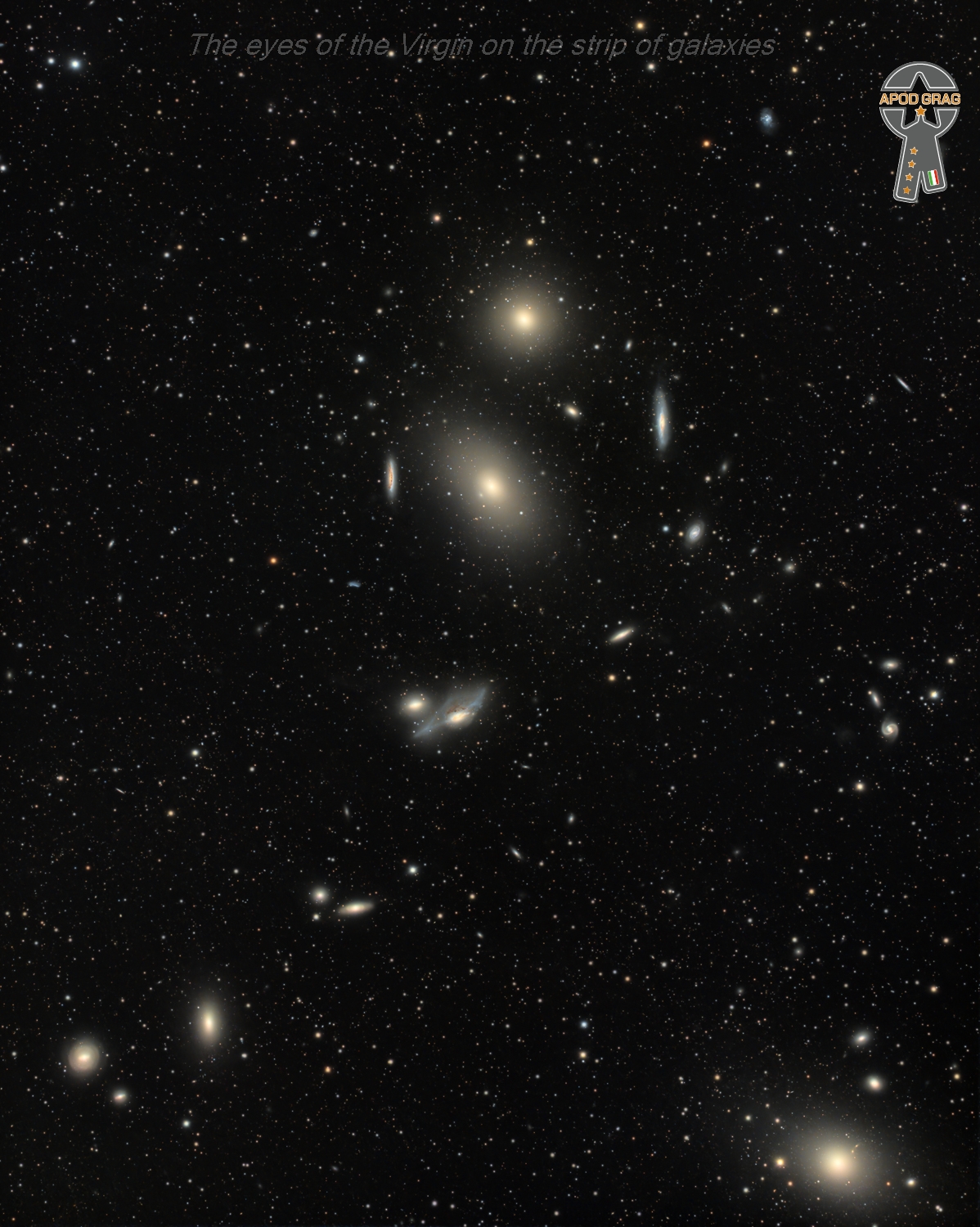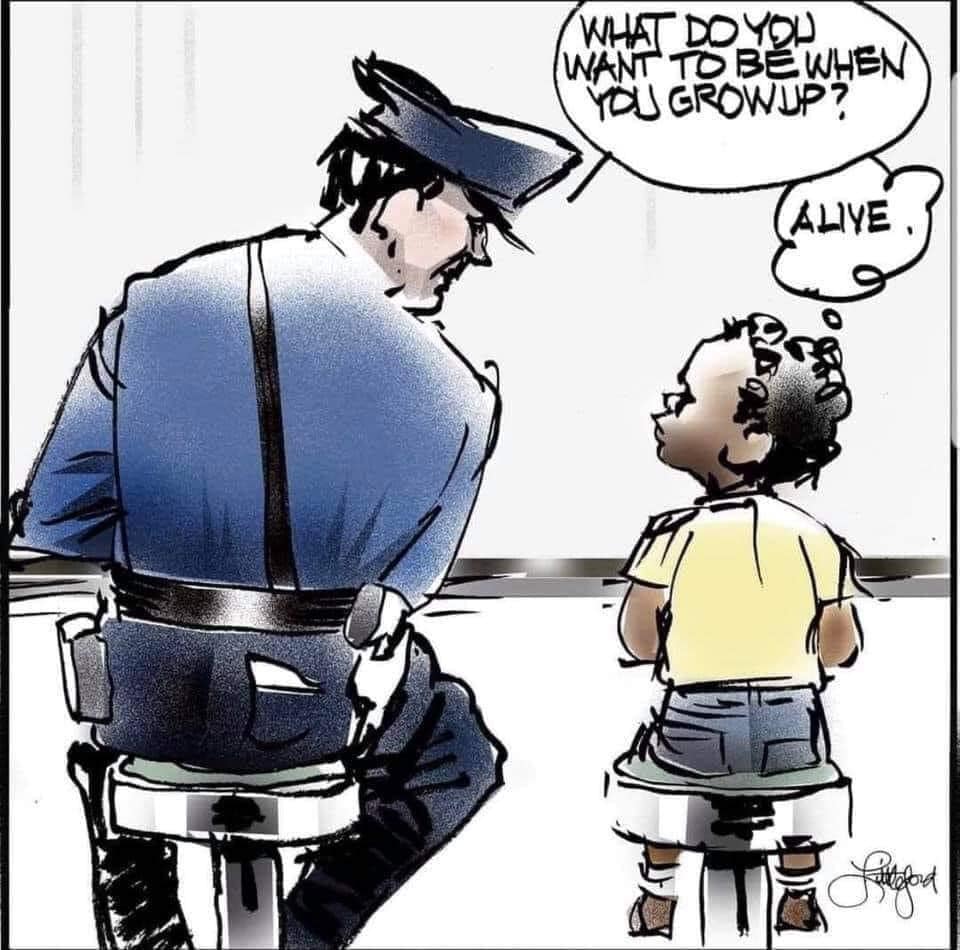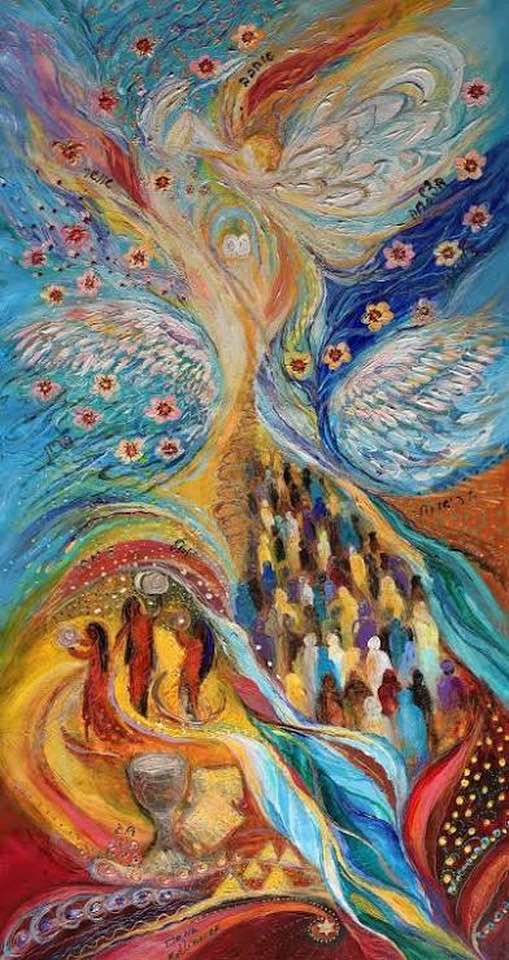Blog
It’s hard to tell with optical telescopes since visible light is blocked by intervening interstellar dust. In other bands of light, though, such as radio, the galactic center can be imaged and shows itself to be quite an interesting and active place. The featured picture shows an image of our Milky Way’s center by the MeerKAT array of 64 radio dishes in South Africa. Spanning four times the angular size of the Moon (2 degrees), the image is impressively vast, deep, and detailed. Many known sources are shown in clear detail, including many with a prefix of Sgr, since the galactic center is in the direction of the constellation Sagittarius. In our galaxy’s center lies Sgr A, found here in the image center, which houses the Milky Way’s central supermassive black hole. Other sources in the image are not as well understood, including the Arc, just to the left of Sgr A, and numerous filamentary threads. The inset image shows a small patch recently imaged in infrared light with the James Webb Space Telescope to investigate the effects of magnetic fields on star formation.

Richard Hugh Blackmore (born 14 April 1945) is an English guitarist. He was a founding member and the lead guitarist of Deep Purple, playing jam-style hard rockmusic that mixed guitar riffs and organ sounds. After leaving Deep Purple in 1975, Blackmore formed the hard rock band Rainbow, which fused baroque musicinfluences and elements of hard rock. Rainbow steadily moved to catchy pop-style mainstream rock. Rainbow broke up in 1984 with Blackmore re-joining Deep Purple until 1993. In 1997, he formed the traditional folk rock project Blackmore’s Night along with his current wife Candice Night, shifting to vocalist-centred sounds.
He is prolific in creating guitar riffs and has been known for playing both classically influenced and blues-based solos. As a member of Deep Purple, Blackmore was inducted into the Rock and Roll Hall of Fame in April 2016. He is cited by publications such as Guitar World and Rolling Stone as one of the greatest and most influential guitar players of all time.
more...Zéphyrin-Alexandre Matima Mpioso (14 April 1951 – 26 May 1996), known professionally as
Mbuta Matima, was a prominent Congolese guitarist, arranger, music director and songwriter, best known for his influential work with Zaïko Langa Langa, one of the most famous and enduring bands of Congolese rumba.
Born in Sona-Bata, a town in the Bas-Congo Province, Matima began his musical career in 1969, debuting with Orchestre Stukas. In 1969, he joined Zaïko Langa Langa, initially as part of their pop section, performing as a concert opener alongside singers Mbuta Mashakado and Pierre Nkumu. Matima’s transition to the band’s main Congolese rumba section came in 1973 when singer Gina wa Gina Efonge encouraged him to play the guitar in place of the band’s lead guitarist, Félix Manuaku Waku. Matima’s first guitar solos featured in Efonge’s song “BP Ya Munu,” released in December 1973. His own first composition for Zaïko Langa Langa, “Ngeli Ngeli” (later versioned as “Kin Kiesse”),[2] was recorded for the band’s 1976 LP Plaisir de l’Ouest Afrique. In late 1976, he released another classic hit, “Toli Kulumpe,” which was reversioned in 1977 and again in 1982. In 1978, Matima was part of Tout Grand Libanko, a nzonzing band by Gina wa Gina parallel to his career in Zaïko Langa Langa.
Following Manuaku’s departure in 1980, Matima assumed greater responsibilities within the band as the artistic director and arranger. He played a crucial role in song composition and arrangement, significantly shaping the band’s musical direction. One of his notable compositions, “Masela,” appeared on Zaïko Langa Langa’s 1984 LP On Gagne Le Procès. He also released classics like “Kabobo” and “Mena,” which featured on the albums Tala Modèle Echanger (1985) and Pusa Kuna… Serrez! Serrez! (1986), respectively. Matima’s skills as an arranger shone in the album Nippon Banzai, considered Zaïko Langa Langa’s most successful and popular record.
In May 1988, a split within Zaïko Langa Langa led to the formation of Zaïko Langa Langa Familia Dei. Matima chose to remain with the original band. They released the LP Jetez l’Eponge in 1989. In Zaïko Langa Langa’s 1991 LP Jamais sans Nous, Matima composed his final song for the band, “Reviens Hyppau,” and played lead guitar on “Videma.
more...Charles Michael Brewer (April 14, 1944 – December 17, 2024) was an American musician. He and Tom Shipley were the music duo Brewer & Shipley.
Brewer formed a duo in Los Angeles during early 1966 named Mastin & Brewer with singer/songwriter Tom Mastin. The group recruited drummer Billy Mundi and bass guitar player Jim Fielder for live performances, opening for The Byrds and Buffalo Springfield during spring 1966. When Mastin left during sessions for an album, Brewer enlisted his brother Keith and the pair recorded a lone single 45 for Columbia Records, “Need You”, backed by “Rainbow” (written by Tom Mastin and Brewer before the former’s departure). Mundi became employed with The Lamp of Childhood and then The Mothers of Invention while Fielder had also joined The Mothers of Invention (and later Buffalo Springfield and Blood, Sweat & Tears). After recording the single, Brewer met his old friend Tom Shipley and they initiated a duo together.
more...Ali Akbar Khan (14 April 1922 – 18 June 2009) was an Indian Hindustani classical musician of the Maihar gharana, known for his virtuosity in playing the sarod. Trained as a classical musician and instrumentalist by his father, Allauddin Khan, he also composed numerous classical ragas and film scores. He established a music school in Calcutta in 1956, and the Ali Akbar College of Music in 1967, which moved with him to the United States and is now based in San Rafael, California, with a branch in Basel, Switzerland.
Khan was instrumental in popularizing Indian classical music in the West, both as a performer and as a teacher. He first came to America in 1955 on the invitation of violinist Yehudi Menuhin and later settled in California. He was a adjunct professor of music at the University of California, Santa Cruz.
Khan was accorded India’s second highest civilian honour, the Padma Vibhushan, in 1989. Nominated five times for the Grammy Award, Khan was also a recipient of the MacArthur Fellowship and the National Endowment for the Arts‘ National Heritage Fellowship.
more...Eugene “Jug” Ammons (April 14, 1925 – August 6, 1974), also known as “The Boss”, was an American jazz tenor saxophonist. The son of boogie-woogie pianist Albert Ammons, Gene Ammons is remembered for his accessible music, steeped in soul and R&B.
Born in Chicago, Illinois, Ammons studied music with instructor Walter Dyett at DuSable High School. Ammons began to gain recognition while still at high school when in 1943, at the age of 18, he went on the road with trumpeter King Kolax‘s band. In 1944, he joined the band of Billy Eckstine (who bestowed on him the nickname “Jug” when straw hats ordered for the band did not fit), playing alongside Charlie Parker and later Dexter Gordon. Performances from this period include “Blowin’ the Blues Away,” featuring a saxophone duel between Ammons and Gordon. After 1947, when Eckstine became a solo performer, Ammons then led a group, including Miles Davis and Sonny Stitt, that performed at Chicago’s Jumptown Club. In 1949, Ammons replaced Stan Getzas a member of Woody Herman‘s Second Herd, and then in 1950 formed a duet with Sonny Stitt.
more...The recording is Martin Ubwe, MP, David Burk and mick. The pic is the second version with Siama Matuzungidi in the late 90’s.
more...Edwin “Eddie” Marshall (April 13, 1938 – September 7, 2011) was an American jazz drummer.
Marshall was born in Springfield, Massachusetts. He played in his father’s swing group and in R&B bands while in high school. He moved to New York City in 1956, developing his percussion style under the influence of Max Roach and Art Blakey. Two years later he played in the quartet of Charlie Mariano and with Toshiko Akiyoshi; after two years’ service in the Army, he returned to play with Akiyoshi again in 1965. He worked with Mike Nock for a year in the house band of the New York nightclub The Dom, and also worked with Stan Getz and Sam Rivers, and accompanied Dionne Warwick on tours.
more...Markarian’s Chain is a stretch of galaxies that forms part of the Virgo Cluster. When viewed from Earth, the galaxies lie along a smoothly curved line. Charles Messier first discovered two of the galaxies, M84 and M86, in 1781. The other galaxies seen in the chain were discovered by William Herschel and are now known primarily by their catalog numbers in John Louis Emil Dreyer‘s New General Catalogue, published in 1888. It was ultimately named after the Armenian astrophysicist, Benjamin Markarian, who discovered their common motion in the early 1960s. Member galaxies include M84 (NGC 4374), M86 (NGC 4406), NGC 4477, NGC 4473, NGC 4461, NGC 4458, NGC 4438 and NGC 4435. It is located at RA 12h 27m and Dec +13° 10′. 50-60mly.

more...
John William Casady (born April 13, 1944) is an American bass guitarist, best known as a member of Jefferson Airplane and Hot Tuna. Jefferson Airplane became the first successful exponent of the San Francisco Sound.[1] Singles including “Somebody to Love” and “White Rabbit” charted in 1967 and 1968. Casady, along with the other members of Jefferson Airplane, was inducted into the Rock and Roll Hall of Fame in 1996.
more...Lowell Thomas George (April 13, 1945 – June 29, 1979) was an American singer, songwriter, multi-instrumentalist, and record producer. He was the primary guitarist, vocalist, and songwriter for the rock band Little Feat. Before forming Little Feat, he was a member of Frank Zappa‘s band the Mothers of Invention. On June 29, the morning after an appearance at Washington, D.C.’s Lisner Auditorium, where the bulk of Waiting for Columbus had been recorded in 1977, George collapsed and died of a heart attack in his Arlington, Virginia, hotel room at the Twin Bridges Marriott. His heart attack was caused by an accidental heroin overdose.
more...Albert Leornes Greene (born April 13, 1946), known professionally as Al Green, is an American singer, songwriter, pastor and record producer. He is best known for recording a series of soul hit singles in the early 1970s, including “Tired of Being Alone” (1971), “I’m Still in Love with You” (1972), “Love and Happiness” (1973), “Take Me to the River” (1974), and his signature song, “Let’s Stay Together” (1972). After his girlfriend died by suicide, Green became an ordained pastor and turned to gospel music. He later returned to secular music.
Green was inducted into the Rock and Roll Hall of Fame in 1995. He was referred to on the museum’s site as being “one of the most gifted purveyors of soul music”. He has also been referred to as “The Last of the Great Soul Singers”. Green is the winner of 11 Grammy Awards, including the Grammy Lifetime Achievement Award. He has also received the BMI Icon award and is a Kennedy Center Honors recipient. He was included in Rolling Stone‘s 2008 list of the “100 Greatest Artists of All Time”, ranking at No. 65, as well as its 2023 list of the “200 Greatest Singers of All Time”, at No. 10.
Green is a canonical Memphis soul artist. He collaborated closely with many of Memphis’s most notable R&B musicians; a long and prolific partnership with producer/arranger Willie Mitchell and the Hi Rhythm Section yielded Green’s greatest commercial success.
more...More Posts
- Bobby Rush
- World Music with Sarah McQuaid
- Daily Roots with Pablo Moses
- The Cosmos with NGC 1499
- Patrick Gleeson
- Mary Travers
- Jesse Davis
- World Music with Al Bilali Soudan
- Daily Roots with Carl Malcolm
- The Cosmos with Mrk 1337
- Bonnie Raitt
- Minnie Riperton
- Warren Battiste
- Kenny Cox
- Dale Bruning
- World Music from Mamak Khadem
- Daily Roots with Henley K.Banton
- The Cozmos with NGC 6543
- David S Ware
- Joni Mitchell





